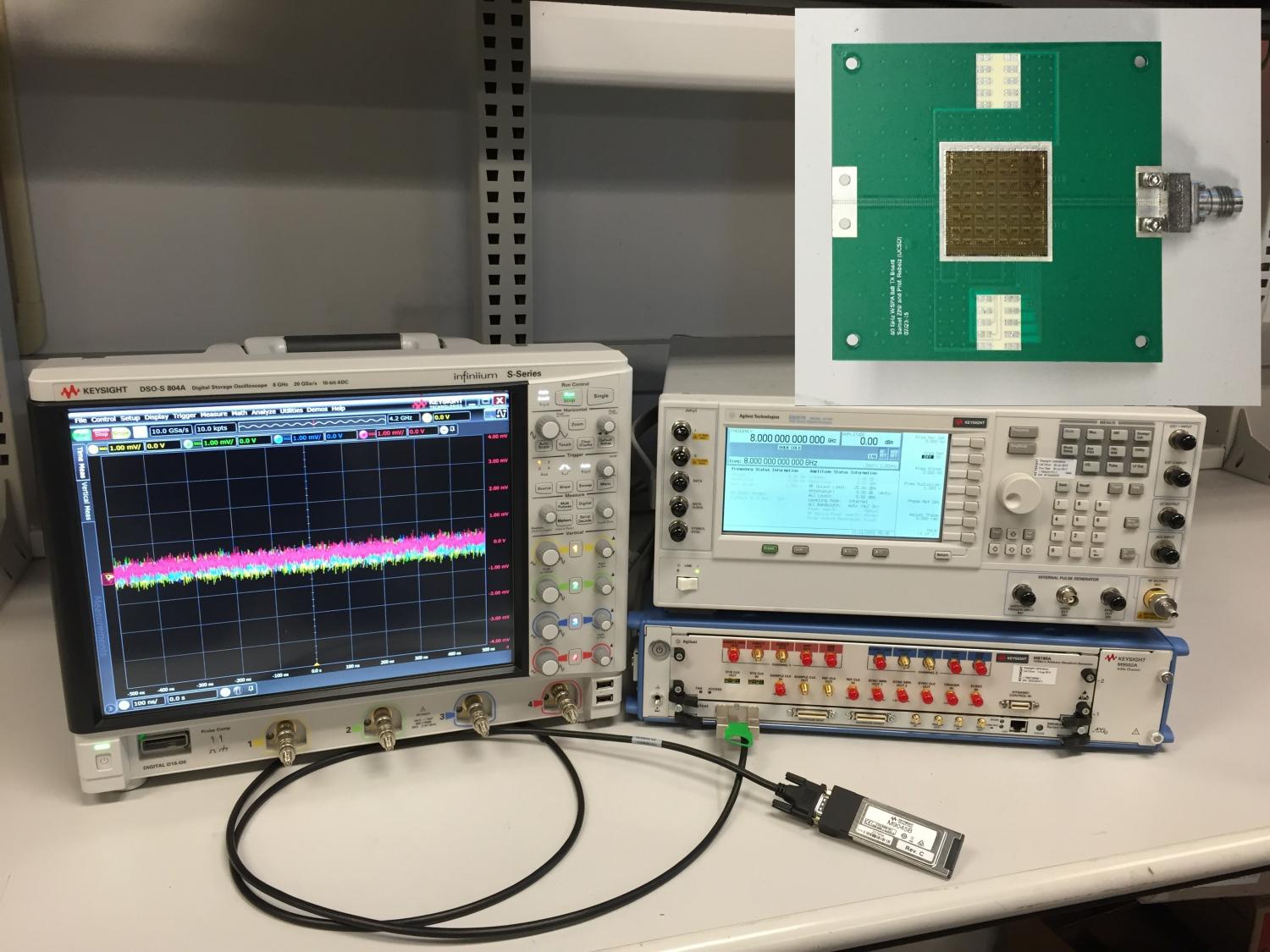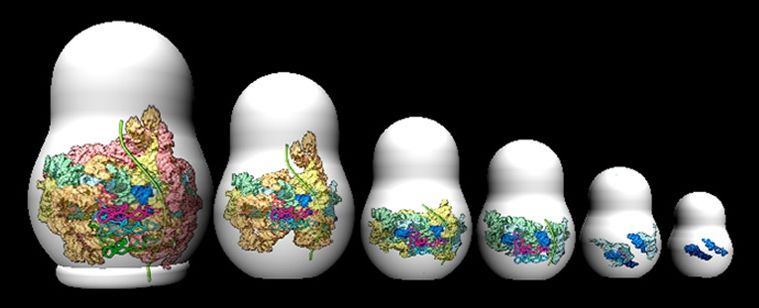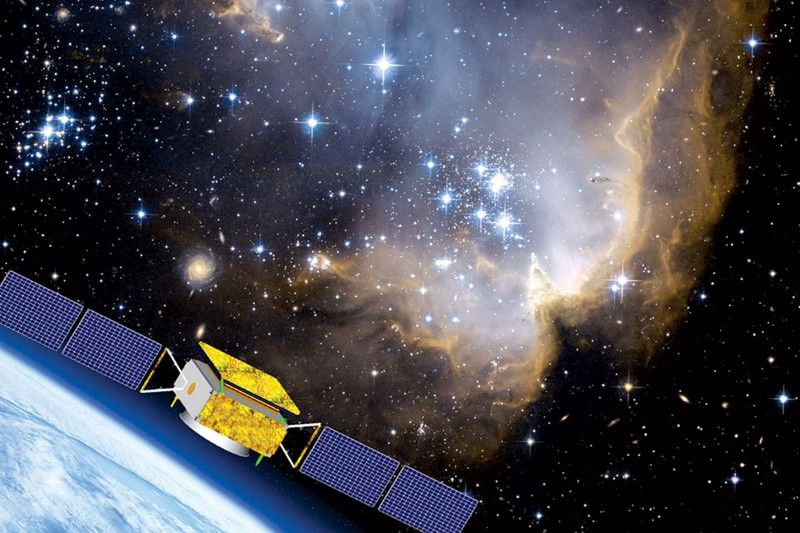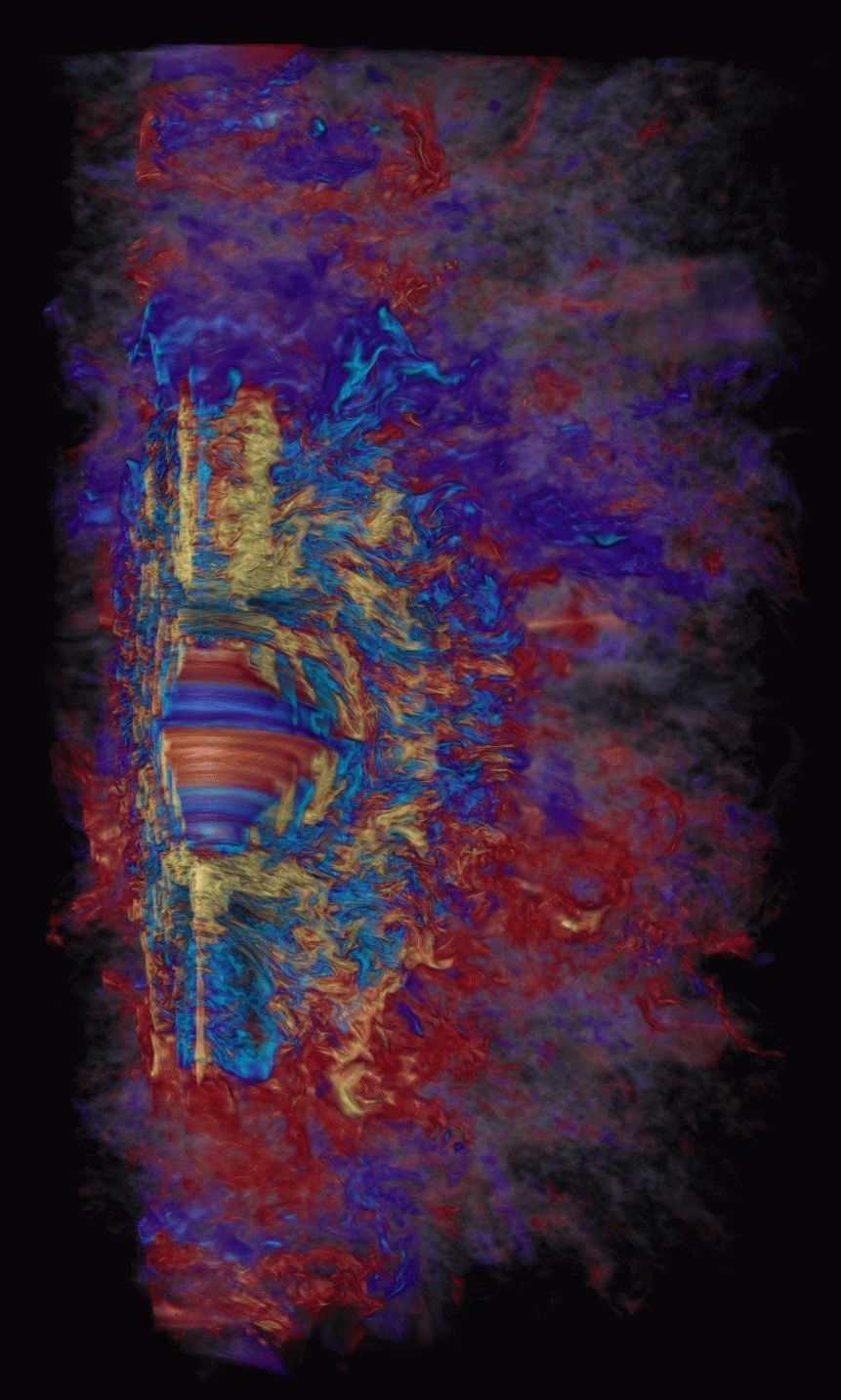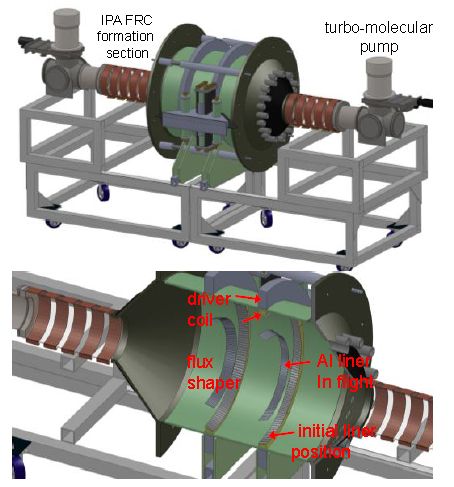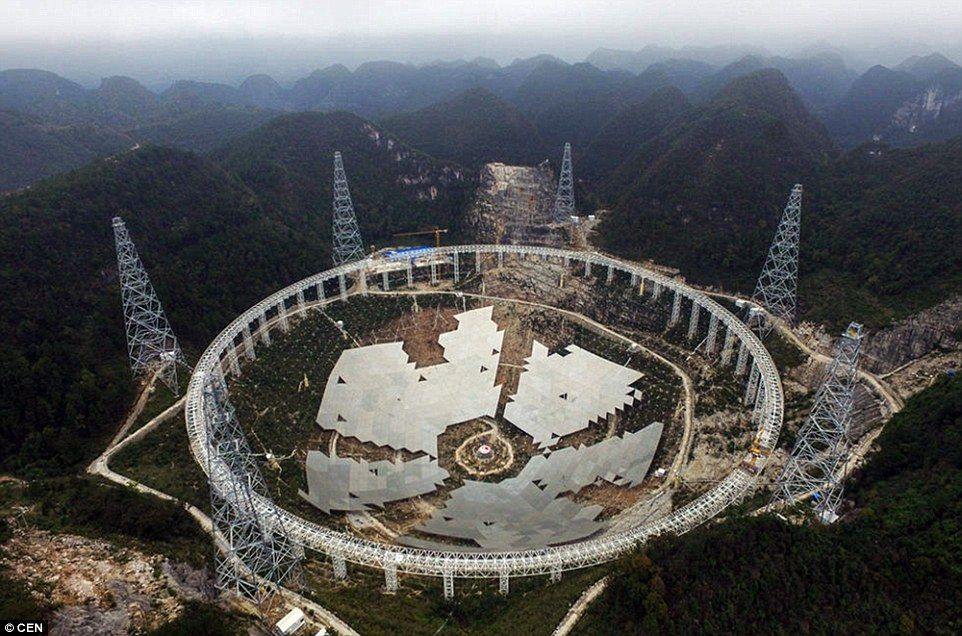Dec 1, 2015
Researchers demonstrate world’s first 5G, 100 to 200 meter communication link up to 2 Gbps
Posted by Shailesh Prasad in categories: computing, internet
Keysight Technologies, Inc., in collaboration with electrical engineers at the University of California, San Diego, has demonstrated the world’s first 64 (8 × 8) and 256-element (16 × 16), 60-GHz silicon wafer-scale phased-array transmitter with integrated high-efficiency antennas for Gbps communications at 100 to 200 meters. With this demonstration, Keysight and UC San Diego have proven that a 5G communication link is not only possible, but can deliver record performance.
Keysight’s collaboration with UC San Diego builds on an earlier effort between the university and TowerJazz, which resulted in development of the industry’s first 64- and 256-element system-on-a chip (SoC) phased arrays operating at 60-GHz. Each wafer-scale SoC comprises a 60-GHz source, amplifiers, distribution network, phase shifters, voltage controlled amplifiers and high-efficiency on-chip antennas. The chips were designed to meet the needs of 5G high-performance Gbps data-rate communication systems with beamforming capabilities and for Aerospace & Defense systems.
Following the development of the phased-array SoCs, Keysight and UC San Diego set out to prove they could be used in a communications link. All work was sponsored by the Defense Advanced Research Projects Agency (DARPA) and Keysight.
